Posts for: Photographer Jim
Mar 24, 2020 12:11:23 #
I started out using the Logan 450. It worked well once I got the hang of it. I used it to mat photos for my camera club competitions which occurred monthly. I would usually mat six to nine photos per month depending on which categories I might be entering.
When I eventually joined the art festival circuit I needed a mat cutter that would allow me to cut mats more quickly but without losing accuracy. I moved up to the Logan 850 which had a much sturdier squaring arm and had a rail mounted cutter with production stops. I would often cut a few hundred mats each month during festival season. It was a great piece of equipment but would be too expensive and more elaborate for those who only need to cut a few mats every once in a while.
When I eventually joined the art festival circuit I needed a mat cutter that would allow me to cut mats more quickly but without losing accuracy. I moved up to the Logan 850 which had a much sturdier squaring arm and had a rail mounted cutter with production stops. I would often cut a few hundred mats each month during festival season. It was a great piece of equipment but would be too expensive and more elaborate for those who only need to cut a few mats every once in a while.
Mar 14, 2020 13:30:47 #
Linda From Maine wrote:
No, I wouldn't describe the "content" as... (show quote)
(Im enjoying this conversation. Thanks to the OP for starting the thread)
Hopefully I’m not going to far off on a tangent here. Apologies if I am.
Linda, I had a similar thought about subject vs content. Are the truly synonymous? Are they in fact different entities? This led me to consider abstracts. In many abstracts, the literal subject matter is not, or at least not immediately, obvious. I’d submit that in such cases the content/subject actually becomes the composition itself! The “content” consists of the shapes, lines, spaces, colors, textures, etc. The “subject” becomes how those elements are presented in relation to one another. ?
To illustrate, here are a few abstracts I’ve done in the past. The literal subject matter may not be immediately recognizable. I’d argue that the essence of these images is their composition, and the compositions are both the content and subject.
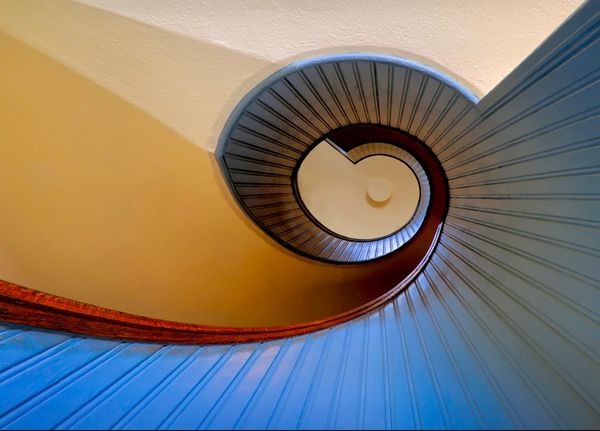
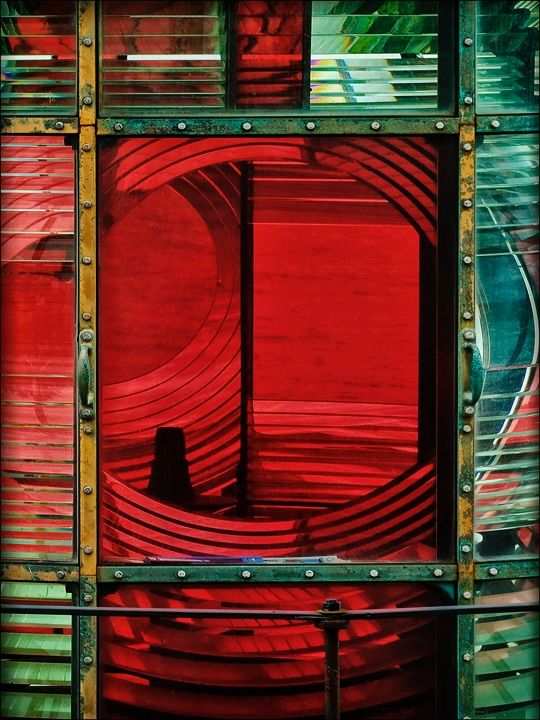
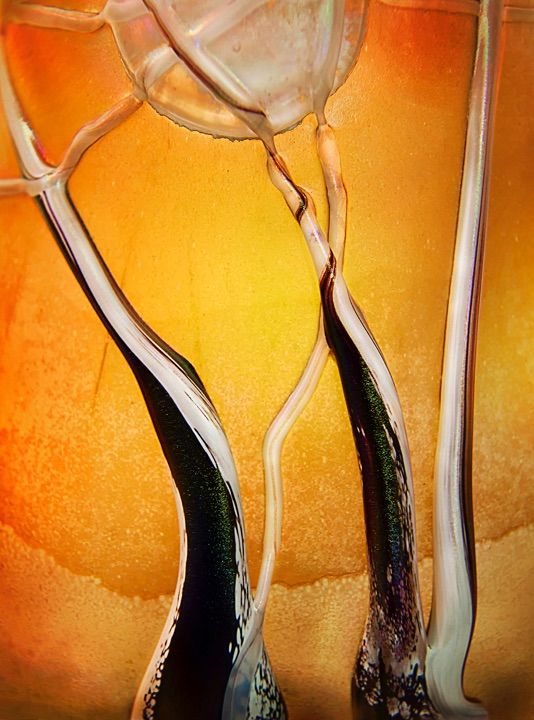
Mar 14, 2020 12:26:10 #
srt101fan wrote:
Thank you to those that addressed the topic direct... (show quote)
I have the opposite bias. I consider content to be somewhat infinite. Everything from the most sublime natural scene to the most mundane object can be valid content for a photograph. But in the end, how the photographer manages the composition will determine how effective the final image is. An image of Incredibly beautiful subject matter can be ruined by means of poorly thought out composition. Likewise, photos of normally mundane, “boring” subjects can yield visually stunning images that are composed well.
Mar 14, 2020 12:07:18 #
selmslie wrote:
Other than an arranged still life, there is rarely... (show quote)
I’m sure this fits a number of photographers but I’m not sure if it is true of the majority. I can say with certainty that mindfully considering the specifics of a composition is my normal routine, as it is for the other photographers I often shoot with. It is not uncommon for any of us to spent ten, fifteen, twenty minutes “massaging” a particular composition. Possibly, the amount of attention one applied to building a strong composition is one of the factors that separates “good” photographers from mediocre ones. ?
Mar 1, 2020 17:46:31 #
joer wrote:
All the rules of compositions are over rated. Do what looks good to you...its called style.
Alas, I’ve seen way too many members of photography clubs and groups whose “style” would have benefited from at least occasionally following some of the conventions of composition! I’ve seen far fewer “good” images where those conventions were ignored than when they were utilized!
Feb 23, 2020 14:40:40 #
BebuLamar wrote:
You are a photographer if you take pictures regardless of what you use. You are a professional photographer if you earn money from the pictures that you took.
What kind of camera, quality of your photos, how you did it are not relevant.
What kind of camera, quality of your photos, how you did it are not relevant.
I’m not convinced that just earning some money from selling your pictures is sufficient to earn the designation of professional. At some point there needs to be some threshold one must pass to legitimately make that claim. For example, selling less than a half dozen prints to friends and neighbors doesn’t seem to make that grade, in my mind. As I posted earlier, many major competitions set the bar at 10K. I suppose that could be considered a bit arbitrary, but it does seem fairly reasonable. Anyone selling that much is more likely to be conducting business as a business, something that sets them apart from the vast majority of amateurs.
Feb 23, 2020 10:31:05 #
Dannj wrote:
I’ll open the can here: If I sell some of my work but don’t “make a living” at it (which is also subjective) am I disqualified from calling myself a “professional”?
Well, some competitions (from county to national) specify that if you make 10K per year selling your photography you must enter in the professional category. Most of us would agree that that is not an amount that would be making a living if it was one’s only income. But, in that arena, that is how professional is defined.
When I was doing art festival shows I made more than that yearly, but not enough to live on by any means. I took, edited, matted, and framed all of the photos I sold. I set up a booth from which to sell, managed financial records, secured required permits, paid taxes, etc. in short, I ran a business. In that sense, despite not making my living at it, I considered myself to be a “professional”. What I was doing was decidedly more “pro like” than say, selling a few images a year to friends and neighbors.
On the other hand, if you examine my overall knowledge of photography, or my ability to do certain types of photography (I don’t do weddings, I don’t do portraits, I don’t take photos of people’s cats) my skill set is mostly that of an advanced amateur.
In the grand scheme of things, I’m not sure it’s worth trying to split hairs down to the point of yielding the definitive definition of a professional. Ultimately, the only thing that really matters are the images, not the labels people want to attach to the person making them.
Feb 20, 2020 07:01:32 #
Delderby wrote:
Having composed my pictures in camera, without any thoughts of rules, it is surprising how often, when i later view the pictures on my computer, that they fall in line with the rule of thirds. 

Actually not all that surprising at all. Studies of human perception have long indicated that arrangements inline with the ROT are perceived as inherently more pleasing and preferred over arrangements that are not. We appear to be “hardwired” to like compositions that follow the Thirds format.
Feb 20, 2020 06:55:13 #
Feb 19, 2020 12:22:56 #
Wilhan wrote:
I was once told that "rules are for the guidance of wise men and the obedience of fools", and as rules go I think that this is one of the better ones (for guidance only).
When I compose a shot I will usually consider the “Rule” of Thirds at some point. I will also consciously consider symmetrical options, leading lines, S curves, dark and light balance, etc., and various combinations of these compositional tools. It’s not a matter of trying to force my composition into following a particular rule(s), as much as it is a means of organizing my thinking to help me find what I think will make the best composition. I believe that the more one understands the various components of composition, and consciously and purposefully considers them, the stronger one’s compositions will be.
Rule of Thirds influence
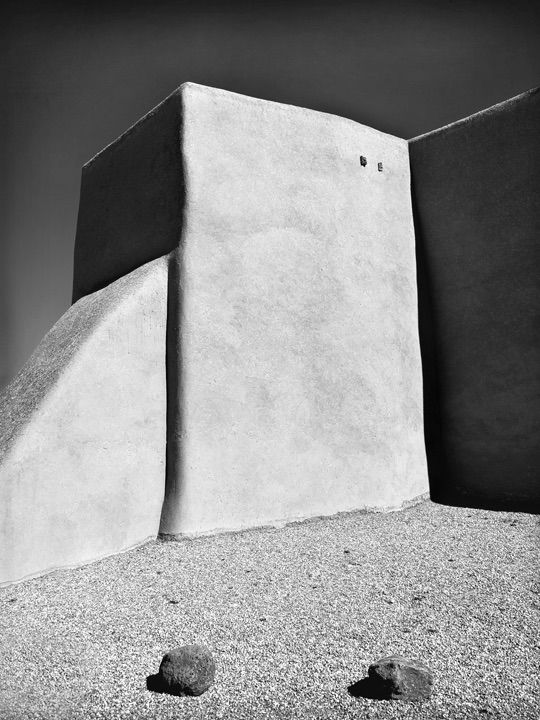
Purposely symetrical
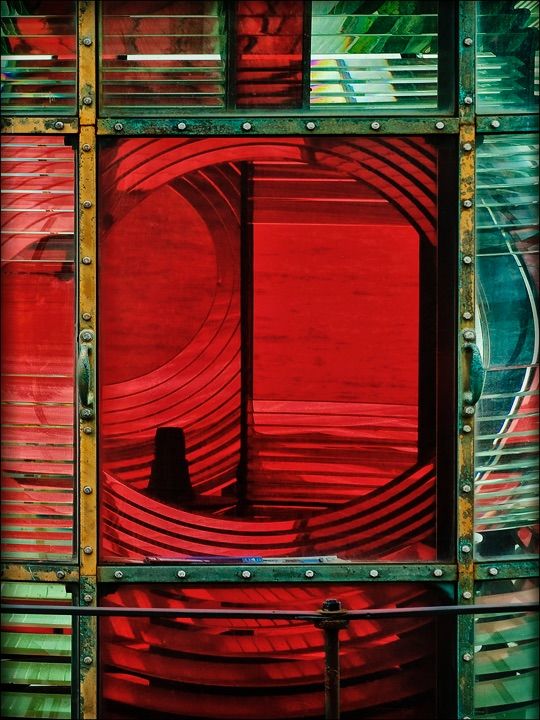
Rule of Thirds, symmetry, leading lines
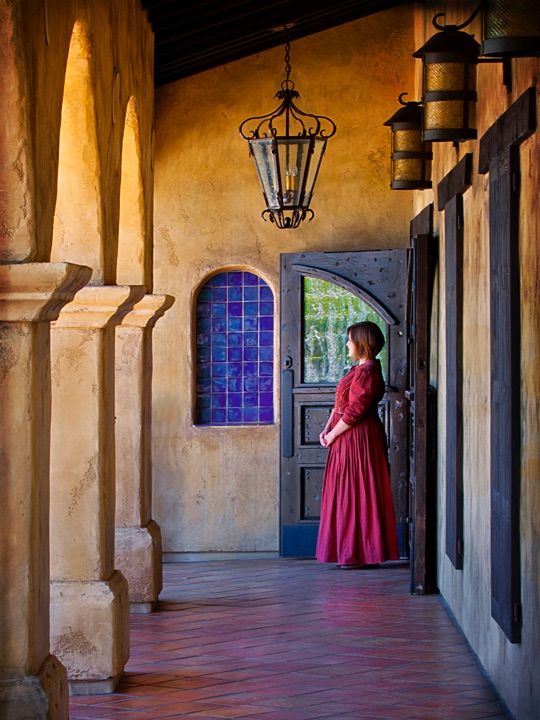
Feb 19, 2020 12:13:36 #
jtwind wrote:
I'll state my case a bit differently. Rules don't... (show quote)
I’ve had the pleasure of shooting with Guy Tal. He is a very strong proponent of using what we know about human perception as a foundation for composition.
Feb 17, 2020 12:47:49 #
Very Old Timer wrote:
I am printing on metallic photo paper and trying to get as close as possible to the metal print on aluminum appearance. The printer is Epson P800. (To answer the inevitable question: why not use the real metal print? - Cost). There are literally hundreds of different protective sprays. I tried a few but they do not produce this uniform deep high gloss finish of the metal print. BTW, it does not have to be a spray, could be a roller applied varnish, etc. Any suggestions?
I don’t think you can get there from here. Protective sprays and roll-ons are great for protecting prints, and in most cases helping to eliminate or minimize any bronzing effect, but they are not going to be able to simulate a metal print.
I have heard of a “metal paper” (different from more common metallic papers) but have not used it so I can’t comment as to how close it comes to a metal print effect.
Feb 13, 2020 11:53:10 #
The whole concept of “cheating” in photography (using Auto mode, using photo editing tools, using AF, etc) is an absurdity to me. I’ve yet to find somebody who can explain the way in which they are cheated by somebody else using the tools and technology available to them. More often than not, those who criticize others for “cheating” are simply massaging their own egos in an effort to feel superior; their opinion isn’t worth paying attention to.
Feb 12, 2020 12:31:47 #
I too would suggest looking into a Cotton Carrier chest harness. I’ve used mine when on hiking photo shoots where access to a camera bag would be difficult and where I want quick access to my camera, while insuring safe, secure carrying (ex: hiking the Narrows in Zion). I would think it might work well on horseback.
Feb 12, 2020 12:07:23 #
I’ve had the Acratech GP for about 6 years now. It has performed very well. I like it’s light weight design and easy maintenance. Take the time in the beginning to get the tension adjustment right and from then on you’ll find it very easy to use. Their clamps are all Arca-Swiss compatible. One of its best qualities is that when adjusted properly it handles long lens well. I can use it with my 100-400 fully extended and set at a 45 degree downward angle and experience no creep. The conversion to being self leveling is a bit cumbersome but it does work. I prefer the RRS leveling base instead. All in all the Acratech ball heads are excellent. I have no qualms about recommending them.
 I'm differentiating between the definitions of subject and content and you are using them interchangeably. In my earlier photo (
I'm differentiating between the definitions of subject and content and you are using them interchangeably. In my earlier photo (